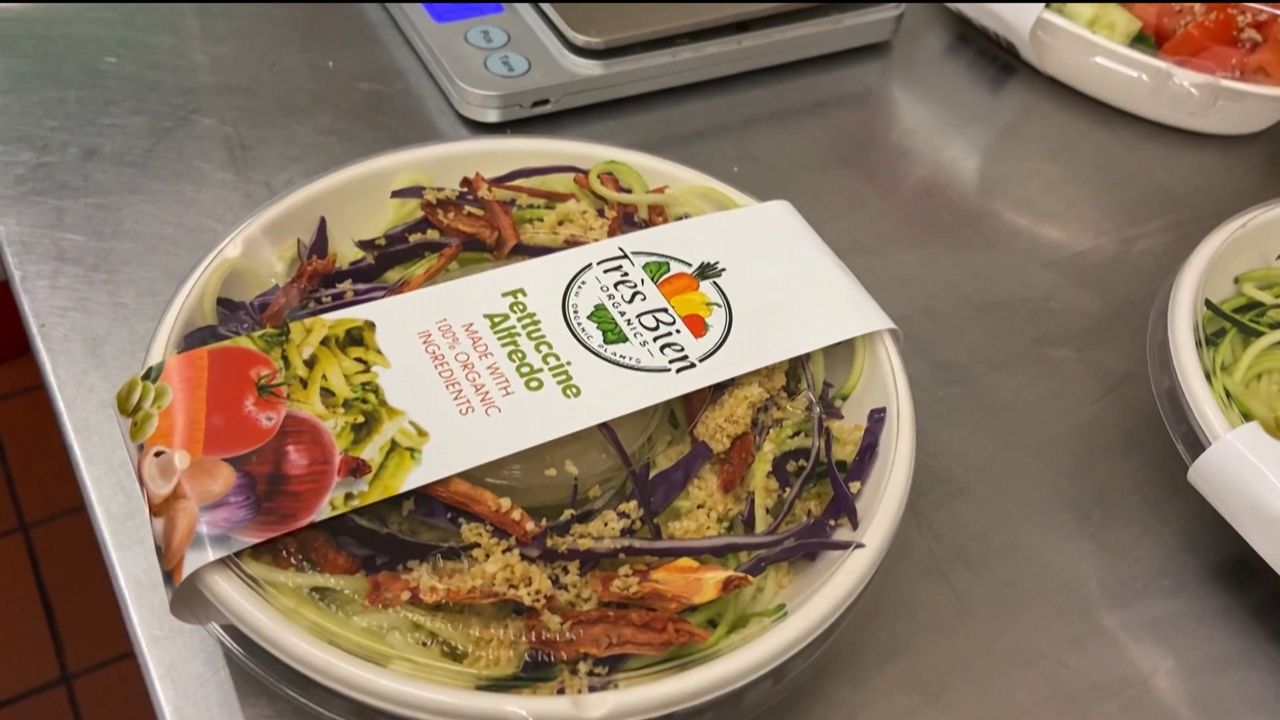NAPA, Calif. — As climate change becomes a bigger factor throughout wine country, one Napa Valley man is experimenting with new grape varieties that thrive in hotter temperatures.
Dan Petroski, a winemaker at Larkmead Vineyards, says he spearheaded a project to bring different wines to the region after he began to worry about the future of cabernet sauvignon.
“The modern phenomena in Napa Valley travel and tourism is really structured around cabernet sauvignon,” Petroski said.
But with temperatures rising in California, he says cabernet sauvignon, the king of wine in the area, may have to step down due to climate change.
“If I’m going to start witnessing that the quality of our cabernet sauvignon in the next decade or two decades or three decades start to decline, we have to come up with the best new thing,” Petroski explained.
Petroski has been making wine at Larkmead for the past 14 years. Recently, he’s noticed the sun’s heat damaging the delicate flavors of the dry wine.
“It will be completely out of balance as the temperatures start to warm up and that’s going to make for a tart wine and not something that’s very delicious,” Petroski added.
The winemaker says 75% of their 110-acre vineyard is planted with cabernet, but he’s staying ahead of the curve by growing seven new grape varieties, including tempranillo, petite syrah, and zinfandel. Petroski says he's starting with wines typically found in warmer climates like Spain or Italy.
“These are grape varieties that are definitely globally accepted, beautiful, make delicious wines, and make very expensive wines, but they’re not something that’s been promoted or planted here in California much, so we’re going to take the first step to see if we can make great wine,” Petroski explained.
He began planting the vines in June and says the process will take at least seven years until the new wines can be tasted.
Petroski adds that in this climate-changing environment, Napa will have to evolve with the temperatures to keep making world-class wine.
“We’re going to kind of look at it as a long-term investment. As I said, the estate’s been here for 125 years, but what do we need to do for it to be here for another 125,” Petroski said.
Even though cabernet sauvignon will continue to rule the area in the near future, Petroski hopes that by growing these new grape varieties, Napa Valley wine will be able to survive climate change.








